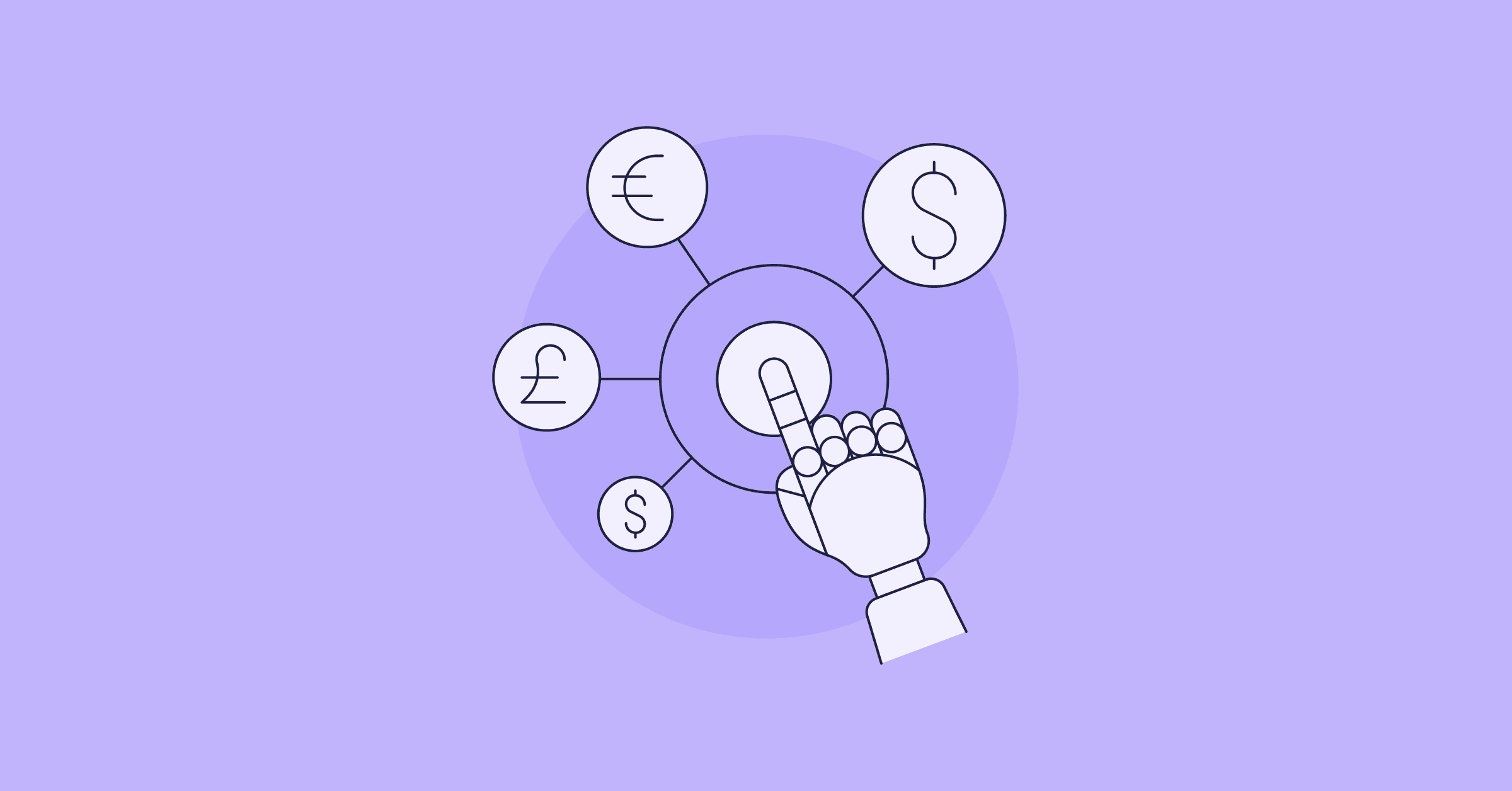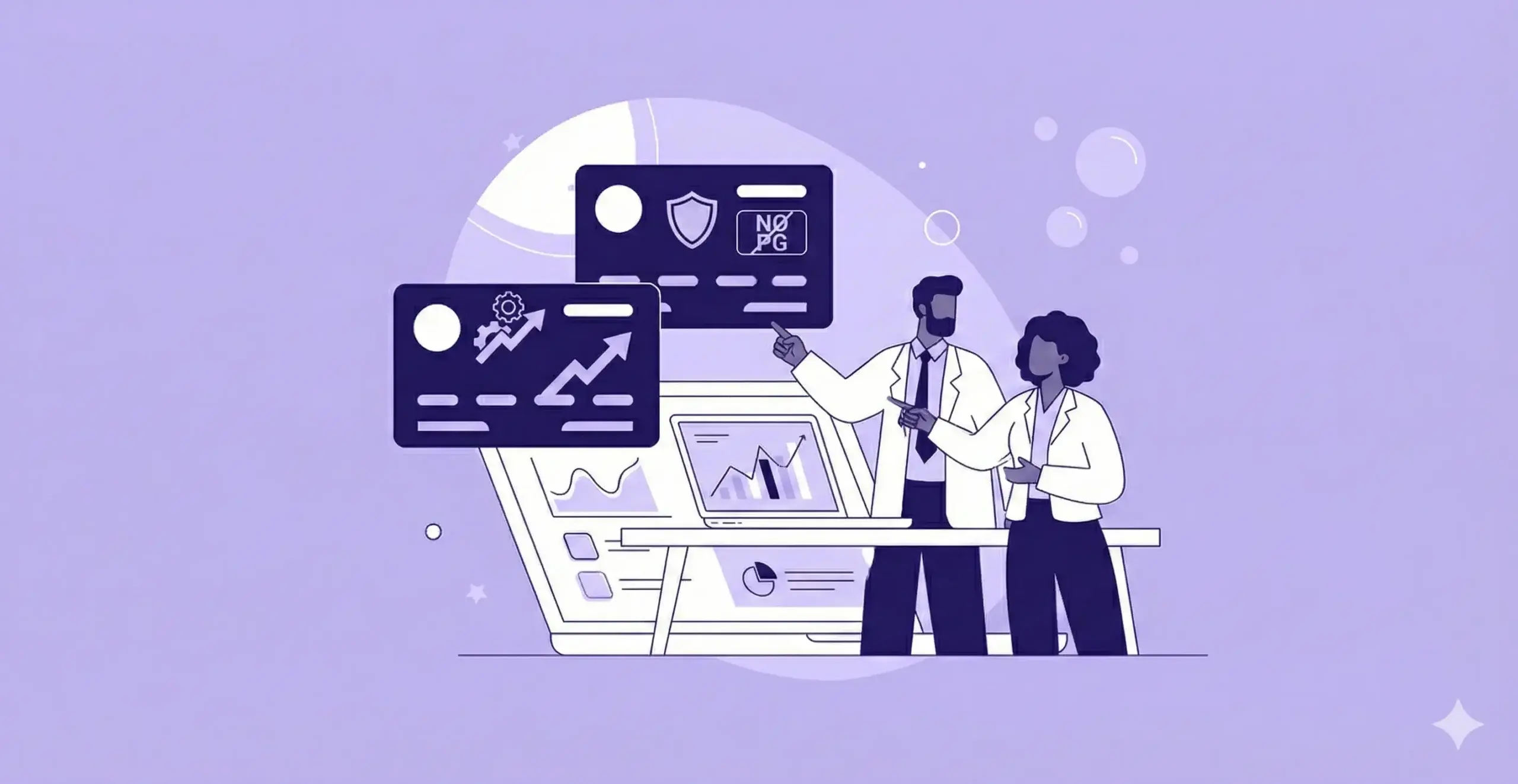September 26, 2023
AI in Finance and Procurement: Key Benefits and Top Tools

Sign up for our newsletter
Stay informed with the latest trends and best practices in finance and procurement.

In order to survive the shifting economic landscape of modern business, finance and procurement teams must take on a new role. Companies with effective strategies have a sustainable, competitive advantage over others.
Finance and procurement teams now have a chance to take on more active roles in the direction and success of the business. This all starts with smart technology.
According to recent research, around 50% of organizations have adopted AI, including FP&A, order-to-cash, record-to-report, and procure-to-pay. Within these organizations, most are still implementing it, with the rest already optimizing AI in each function.
In this article, we take a closer look at AI in procurement and finance, including common models, key benefits, and top tools to help finance leaders leverage these changes.
Artificial Intelligence in Finance
AI is short for artificial intelligence and refers to computer systems carrying out tasks that typically require human intervention.
In finance, AI involves applying advanced computational techniques and ML (machine learning) algorithms to analyze and make decisions on financial data.
Here are some key areas where you’ll find AI:
Fraud Detection
AI algorithms help businesses analyze transaction data to detect anomalies and unusual patterns that might indicate fraud. Machine learning models improve over time by learning from historical cases of fraud.
Analytics and Reporting
AI-powered tools analyze market data, financial statements, and economic trends. These tools take a closer look at news sentiment and economic indicators to predict market movements, helping a business make more informed decisions.
AI also allows leaders to forecast issues before they happen. This enables better budgeting, cash flow management, and resource allocation.
Credit Scoring
AI models can be designed to assess credit risk by analyzing a large swathe of data, like financial transactions and credit history. This helps a business make more accurate lending decisions.
Quantitative Analysis
AI helps a business perform quantitative analysis on finance and procurement. Systems process big data sets identifying trends, correlations, and predictive patterns.
AP Automation
AI automates expense tracking, categorization, and reporting, helping companies control spend, and manage budgets. It also facilitates AP automation, invoice management, and PO matching.
Compliance and Risk
AI monitors and ensures compliance with complex regulations, automating tax calculations and creating tax forms.
The technology monitors large datasets and identifies any potential compliance violations. It will analyze various factors, historical data, and market conditions to develop more accurate strategies and risk models.
Customer Service
AI-powered virtual assistants and chatbots can answer queries, enable customer support, reduce response times, provide account data, and assist with basic financial tasks.
Common AI Tools for Finance and Procurement
Different AI tools solve different problems. Here are some of the more common models for finance and procurement:
Machine Learning (ML)
Machine Learning is the development of algorithms and financial models that learn from your data, and take actions based on what it has “learned” from it.
Optical Character Recognition (OCR)
OCR technology recognizes and converts printed or handwritten text into machine-readable text.
Robotic Process Automation (RPA)
RPA automates repetitive and rule-based tasks like data entry, order processing, and invoice matching. Robotic process automation minimizes errors and increases the efficacy of top procurement workflows.
Natural Language Processing (NLP)
NLP models employ text classification, named entity recognition, and sentiment analysis to extract meaning and context from text or speech data. It enables AI programs to analyze key terms and conditions from contracts. This ensures compliance and helps to identify potential risks.
Contract Management
Contract management systems provide alerts for contract renewal dates, facilitate negotiations, and improve overall contract governance.
Advanced negotiation tools driven by AI are designed to analyze data and historical outcomes for better recommendations and deeper insights. This leads to more favorable procurement deals and greater cost savings.
Demand Forecasting
Demand forecasting models use external factors and historical data to predict future demand for products and services. This ensures timely procurement, optimizes inventory levels, and reduces excess costs.
Supplier Management
AI models will analyze various data sources to determine the financial stability and risk associated with potential suppliers. These common models use predictive analytics to identify potential disruptions in the supply chain and suggest any risk mitigation tactics.
AI will analyze large amounts of supplier data to identify opportunities for improvement, potential collaboration, and negotiation strategies.
Market Intelligence
AI models monitor and analyze vast amounts of market data to provide real-time insights into pricing trends, supplier performance, and emerging opportunities. This helps to make more informed procurement decisions.
Spend Analysis
Spend analysis tools process large amounts of transaction data to identify spending patterns, opportunities for cost-savings, and areas for supplier consolidation.
AI models can be tailored to specific procurement needs and integrated into existing procurement systems to streamline processes and improve decision-making in procurement operations.
Optimization Algorithms
Optimization algorithms help determine the best procurement strategies based on lead times, costs, and supplier capabilities. This data can be used for supplier selection, route optimization, and order quantity optimization.
The Top Benefits of AI in Finance and Procurement
Integrating AI into processes and workflows is beneficial in ways like:
Risk Assessment
AI models assess credit risk and market volatility. This helps companies make more accurate risk assessments, enhances lending, and drives investment strategies.
AI systems will also analyze transaction data to detect patterns indicative of fraud. This ensures compliance with complex, global regulations.
Enhance Controls
AI technologies are crucial in enhancing financial controls. By automating processes and implementing intelligent algorithms, AI monitors transactions, detects anomalies, and identifies potential instances of fraud or non-compliance.
These systems analyze vast amounts of data quickly and accurately. As a result, organizations minimize risks, ensure adherence to regulatory requirements, and maintain a strong control environment.
Manage Suppliers
AI allows for more efficient supplier selection, helping an organization choose more reliable and strategic partners, improving relationships, and reducing supply chain risks.
Tools for AI will monitor and assess real-time risks, enabling proactive measures to mitigate disruptions and ensure business continuity.
AI will also extract critical data from contracts, alert stakeholders to important dates, and ensure compliance with terms.
Drive Efficiency
Integrating AI tools significantly improves AP and operational efficiency. The technology automates routine tasks like data entry, invoice processing, and payment reconciliations, reducing manual efforts and minimizing the chances of error.
AI algorithms analyze historical data patterns to optimize inventory, streamline supply chain operations, and facilitate demand forecasting.
Elicit Savings
AI reduces manual processes, eliminates paperwork, and streamlines operations, leading to cost savings and improved efficiency. AI analyzes spend patterns and identifies areas where you can negotiate better terms and pricing with suppliers.
Tools for AI will also identify cost savings using intelligent spend analytics to analyze supplier performance, historical spend patterns, and market data. These insights help to negotiate better deals, optimize supplier relationships, and identify areas for cost reduction.
Artificial intelligence optimizes pricing, identifies billing errors, and detects overpayments. By leveraging AI in procurement and finance, companies can generate significant savings and really improve their bottom line.
Gain Insight
AI enables finance and procurement teams to access real-time insights to make more accurate, data-driven decisions. Monitor metrics like:
- Market trends and data
- Social media sentiment
- Pricing fluctuations
- Operational data
- Supplier performance
AI-powered tools are looking for patterns, trends, and correlations that are tough to identify with the naked eye. These insights can be used to optimize working capital management, identify cost drivers, and assess the financial health of a supplier.
Forecast Trends
AI models generate predictive demand forecasting based on historical data and external factors. This technology leverages inventory levels and optimizes procurement decisions.
Artificial intelligence also offers advanced financial analysis, aiding in budgeting, forecasting, and investments.
Fintech is the Beginning
In finance and procurement, AI increases accuracy, automation, and strategic capabilities. It empowers professionals to optimize processes, adapt to shifting market dynamics, and make more data-driven decisions.
In order to achieve optimal AI integration and drive transformational change, a business needs the right tools. Consider PayEm as an industry-leading platform that transforms how companies manage their spend and procurement processes.
Offering a comprehensive suite of solutions for spend management, finance, and procurement, PayEm takes a holistic approach to optimizing financial operations.
The system seamlessly integrates with top brands like NetSuite in minutes. Reconcile journal entries and bill payments with one click, manage all POs with real-time visibility, and handle daily tasks more efficiently.
How does it leverage AI for finance and procurement?
The PayEm solution offers real-time budget visibility, customizable workflows, diverse payment options, and tailored benefits for different roles. The AI-driven system empowers organizations to optimize their financial processes, achieve tangible business outcomes, and drive long-term success.
Successful implementation of AI tools requires a solid comprehension of the technology, high-quality data, and thoughtful integration. Ready to get started? Book a free demo with PayEm today!
Check out our latest eBook for more information about AI in Finance and Procurement.

